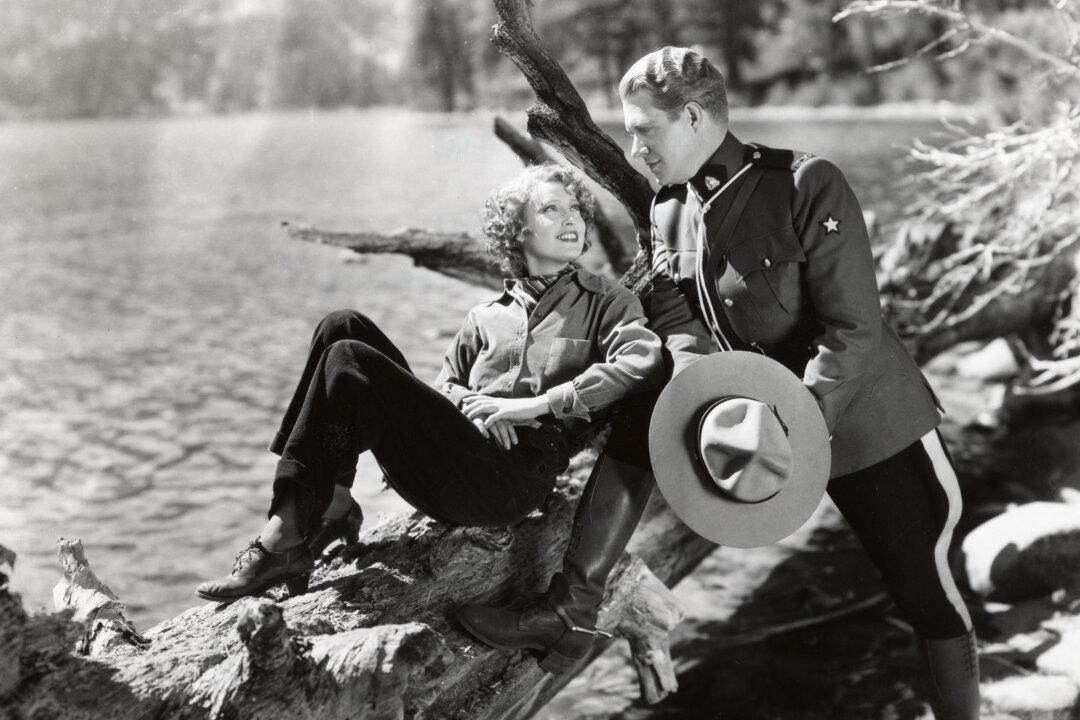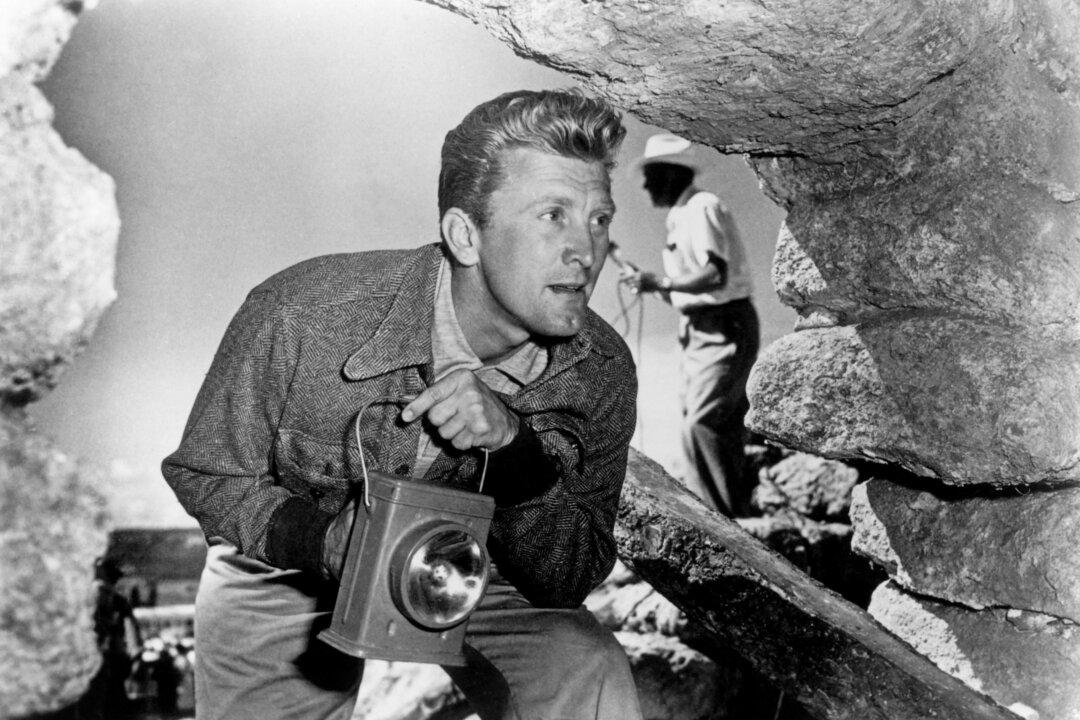The mid-1930s were an interesting time for Hollywood. In July 1934, everything had changed. With the formation of the Production Code Administration (PCA), a new branch of the Motion Picture Producers and Distributors of America (MPPDA), every film had to receive a Seal of Approval to be distributed at American theaters. Films could only qualify for these seals if the PCA deemed them compliant with the Motion Picture Production Code. It must have been quite a shock to filmmakers to have to work with the PCA throughout production to ensure that their movies were Code-compliant, since they had ignored the Code for four years. However, they had to take the PCA seriously, and movies released in the rest of 1934, 1935, and 1936 show a complex transition period as the film industry figured out how to make successful Code films.

Nelson Eddy and Jeanette MacDonald in a publicity still for the film “Rose-Marie” (1936). MovieStillsDB
Commentary
Tiffany Brannan is a 23-year-old opera singer, Hollywood historian, vintage fashion enthusiast, and journalist. Her classic film journey started in 2016 when she and her sister started the Pure Entertainment Preservation Society to reform the arts by reinstating the Motion Picture Production Code. Tiffany launched Cinballera Entertainment in June 2023 to produce original performances which combine opera, ballet, and old films in historic SoCal venues. Having written for The Epoch Times since 2019, she became the host of a YouTube channel, The Epoch Insights, in June 2024.
Author’s Selected Articles




